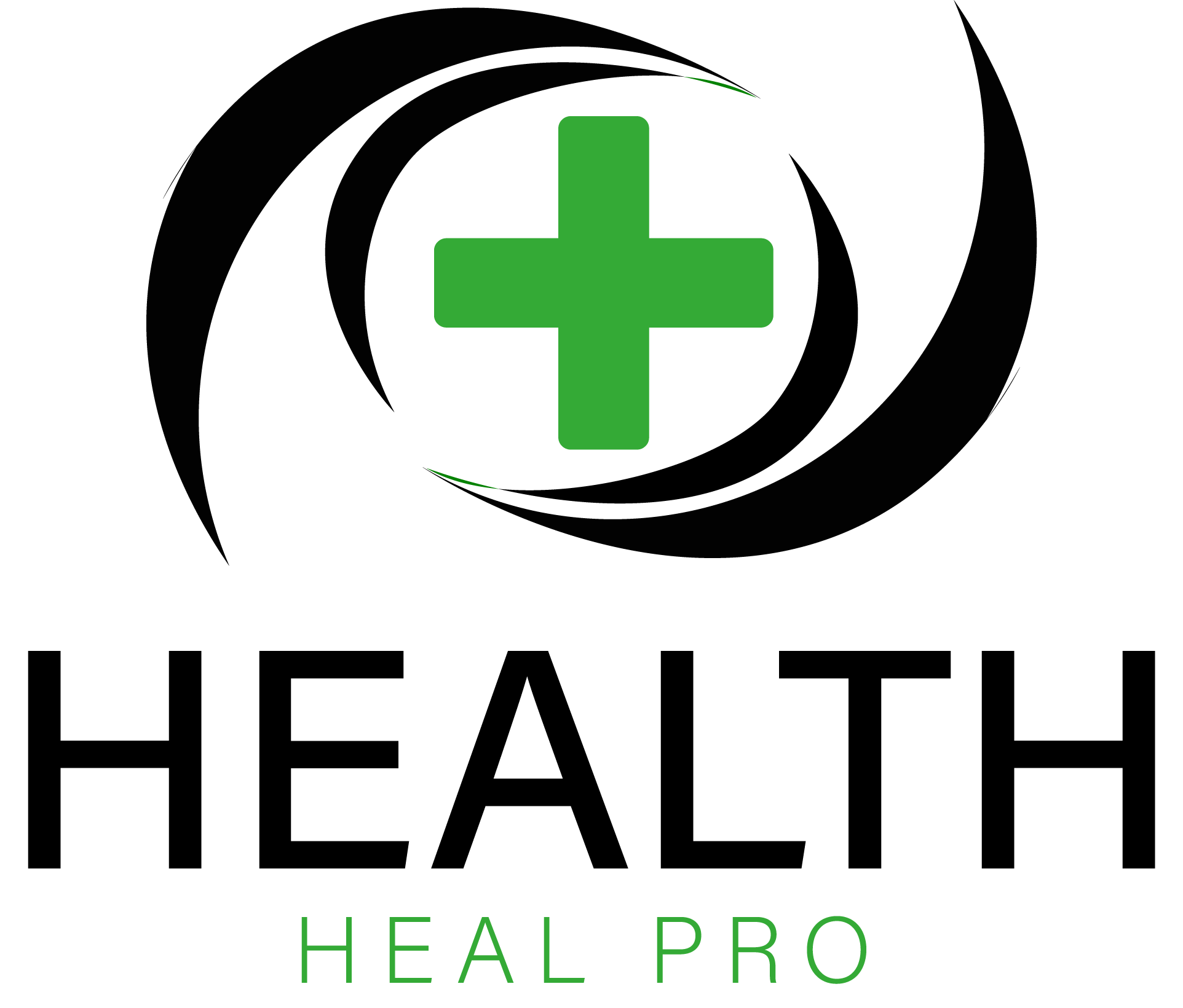The nuclear crisis and radiation in Japan has caused a huge concern over the possibility of radiation poising. Although no one should be more concerned than people of Japan, where the threat of radiation is real and present, many in the United States have rushed to their local pharmacies to obtain anti-radiation medication.
Days after Japan’s nuclear meltdown, supplies of potassium iodide (KI) in the US started to run very low. Potassium iodide treats radioactive iodine by protecting the thyroid gland, which is the spot where the uptake of radiation is most likely to occur. Potassium iodide is recommended by the FDA for iodine radiation exposure from nuclear reactors. The use of KI does, however, have its inherent risks and side effects. People with thyroid disorders who take KI can experience a worsening of their thyroid illness. Also, prolonged exposure or excess iodide can clog thyroid function. Of course radiation exposure is much more dangerous than the side effects of taking KI, so the benefits definitely outweigh the risks.
Although any spread of radiation outside of Japan will most likely not be that of any significant levels, some authorities have urged citizens to take the proper precautions. Besides potassium iodide, research has shown that tocotrienols, a form of vitamin E also offers protection against radiation damage.
If any damage is done to either our bone marrow or intestine, radiation exposure can be fatal. Radiation exposure can lead to DNA damage, especially our DNA that is responsible for producing red and white blood cells. Any damage done to any of the stem cells (precursor cells) for these blood cells, can seriously hinder blood cell rejuvenation.
In an animal experiment, mice exposed to non-lethal amounts of whole body radiation were either put into a control group or fed gamma-tocotrienol. The study showed that stem cell colonies were 80%-86% maintained in the tocotrienol treated mice, while they were as low as 30% in the control group. An analysis of the bone marrow showed that tocotrienols maintained the integrity of bone marrow cells.
Gamma-tocotrienols also protect the intestine organ system.
The best source of natural tocotrienol comes from a plant called the annatto. This plant contains the purest source of vitamin E tocotrienols. The other sources of tocotrienols are palm oil and rice. All though these sources are rich in antioxidants, they also have another form of vitamin E: tocopherols. Vitamin E tocopherol interfere with the ability of tocotrienols, so finding a pure source of tocotrienols is important for maximum efficiency.
The potential for a safer form of radiation therapy is an exciting prospect. More research needs to be done, however, to determine the benefits of tocotrienol as a radiation medication in humans.

